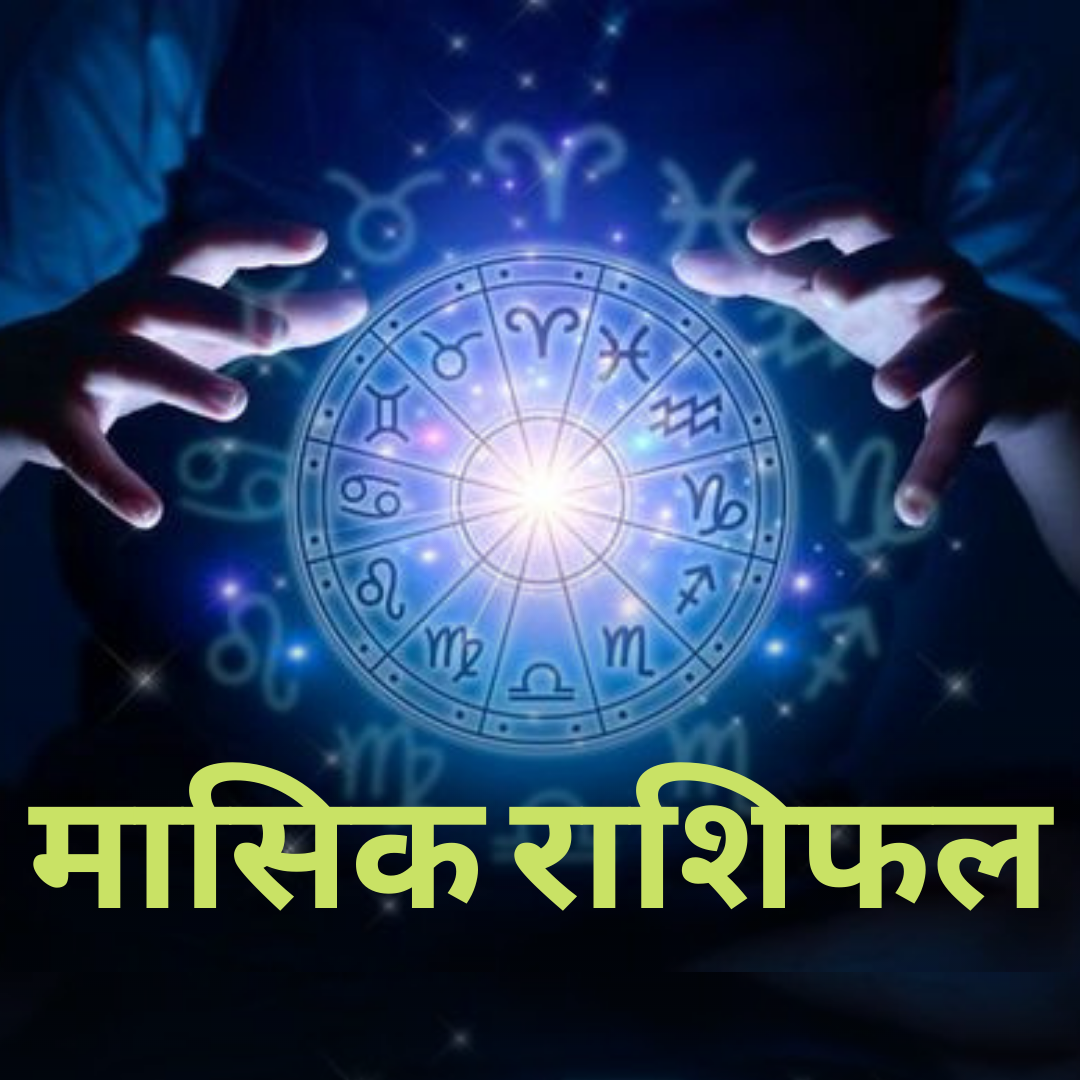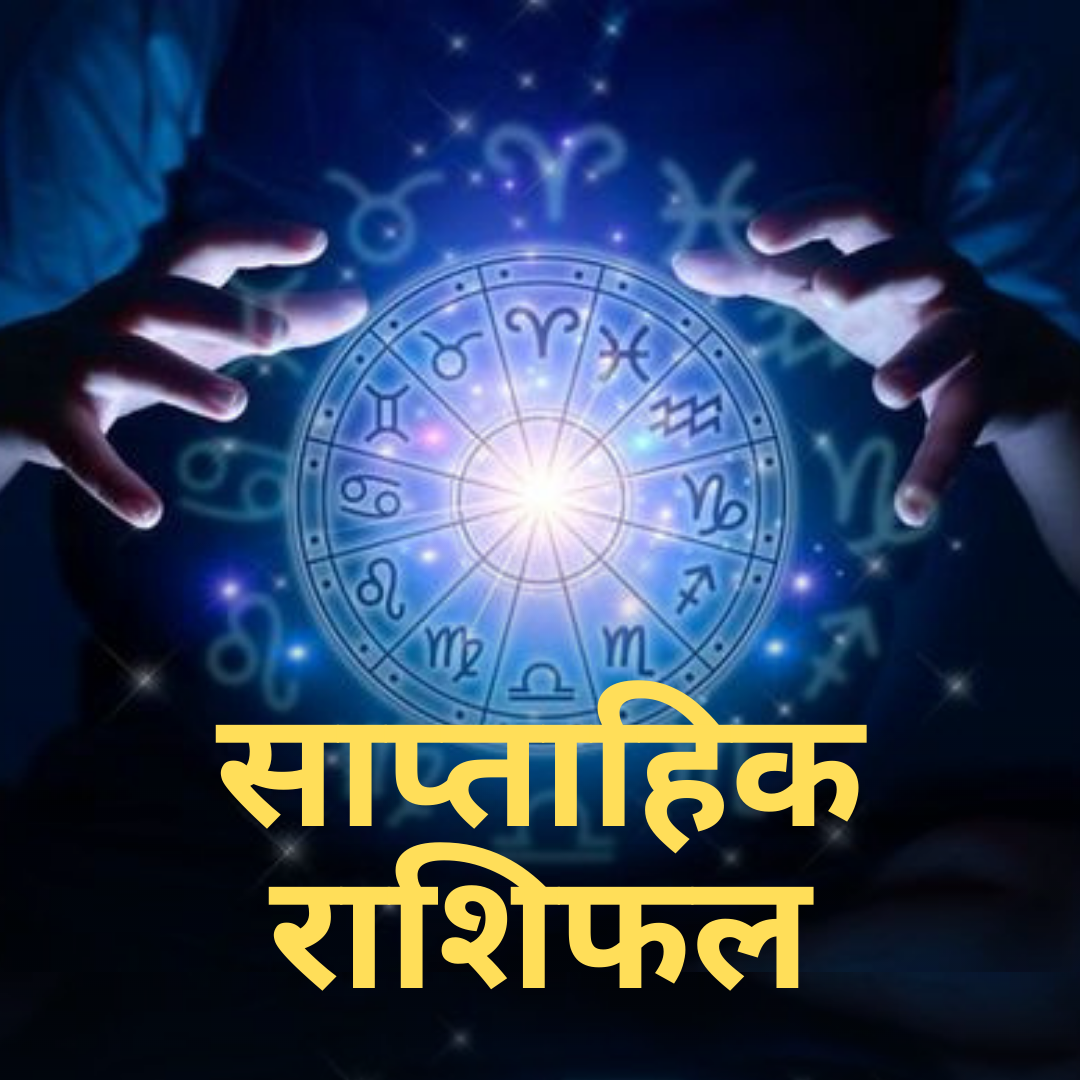
Bhimashankar Jyotirlinga - Temple, Story, Significance, and History
According to mythology, the history of Bhimashankar Jyotirlinga is associated with the son of Ravana's brother Kumbhakaran and Lord Shri Ram in the Ramayana period. The Bhima River also flows near Bhimashankar temple, which later joins the Krishna River. It is believed that by just visiting this Jyotirlinga, a person gets rid of all sorrows. The devotee visits this temple with devotion every morning after sunrise; he gets freedom from the sins of seven births, and the path to heaven opens for him.
6th Jyotirlinga - Bhimashankar
The 6th Jyotirlinga is situated on the Sahyadri mountain, about 110 km from Pune in Maharashtra. This Jyotirlinga, established on the Sahyadri mountain, is known as Bhimashankar. The Bhimashankar temple is situated at an altitude of 3,250 feet. The size of the Shivlinga installed in the temple is very big and thick, due to which it is also known as Moteshwar Mahadev.
Bhimashankar Jyotirlinga Story
The tale associated with Bhimashankar Jyotirlinga is informed in detail in the Shivpuran. According to this story, Ravana's brother Kumbhakaran met a demoness named Karkati on the Sahyadri mountain. Both of them married each other. After marriage, Kumbhakaran returned to Lanka, but Karkati stayed on the mountain. There she gave birth to a son. Karkati named her son Bhima. Bhima was born just before Lord Shri Ram killed Kumbhakaran during the war.
Karkati had kept the matter of Kumbhakaran's killing by Ram hidden from her son Bhima. Karkati decided to keep her son away from the gods. But when Bhima grew up and came to know that Shri Ram had killed Kumbhakaran. Bhima has become indignant and keen to avenge his father's demise. Brahma ji was pleased with Bhima's penance, and he asked Bhima to ask for a boon.
Bhima asked Brahma ji for a boon to become stronger. After getting the boon, Bhima became very powerful, and he started creating havoc all over the world. Even gods and goddesses, including humans, started fearing him. Bhima was not allowing any human to worship. In this episode, there was a king Kamrupeshwar, who was a great devotee of Lord Shiva.
One day, Bhima saw the king worshiping Lord Shiva, so he imprisoned the king and put him in jail. The king started worshiping Lord Shiva by making a Shivling even in the prison. When Bhima came to know about this, he tried to break the Shivling made by the king with the help of a sword. But despite thousands and millions of attempts, Bhima could not break that Shivling.
Finally, Lord Shiva appeared there, and a fierce battle took place between the two. Bhima was burnt to ashes by the roar of Lord Shiva. After killing Bhima, all the gods urged Bholenath to reside in the Shivling at the same place. Since then, Lord Shiva resides in his formless form at this place, which is known as Bhimashankar Jyotirlinga.
Bhimashankar Jyotirlinga Significance
Devotees from all corners of the world come here to seek the blessings of Lord Shiva. The intricate architecture of the temple, its detailed carvings, and ornamentation are worth seeing. The sanctum sanctorum houses the Jyotirlinga, where devotees offer prayers and witness the positive energy emanating from this holy manifestation.
Bhimashankar Jyotirlinga History
Lord Shiva then meditated and performed penance on the Sahyadri Mountains of Maharashtra (now known as Bhimashankar Hills). Pleased together with his devotion, Lord Brahma granted him an effective arrow known as "Pashupatastra". With the divine weapon in his possession, Lord Shiva rode on his vehicle, Nandi Bull, and approached the inaccessible forts of the Tripurasurs. He fired the Pashupatastra, which destroyed the forts and vanquished the demons.
The effect of the weapon caused a huge fire, and a Jyotirlinga (linga of light) appeared from the fire at the present location of Bhimashankar. This Jyotirlinga came to be known as Bhimashankar Jyotirlinga, symbolizing the divine manifestation of Lord Shiva's power and victory over the demons. The intense energy and presence of Lord Shiva in the form of Jyotirlinga at Bhimashankar blesses the devotees, granting them liberation, peace, and the fulfillment of their desires.
About Bhimashankar Jyotirlinga Temple
The architecture of the Bhimashankar Temple reflects a blend of traditional and contemporary styles. It displays intricate craftsmanship and sacred symbolism. The temple follows the Nagara style of architecture, which is commonly found in many ancient Hindu temples. The main entrance to the temple, known as the Mahadwara, is a prominent feature.
The Mahadwara is decorated with sculptures depicting mythological scenes or divine beings. The Mahadwara is the threshold between the mundane world and the temple's sanctum. Visitors entering the temple complex are greeted by several other structures and elements. The mandapa (hall) presents an area for devotees to collect and take part in religious rituals and ceremonies.
Intricately carved pillars often support it, displaying motifs inspired by Hindu mythology. The main deity, Lord Bhimashankar, enshrined in the form of a Jyotirlinga, is housed in the inner sanctum of the temple, the Garbhagriha. The mandapa is a small, dark chamber that symbolizes the cosmic void and is considered the most sacred area of the temple. The jyotirlinga is a natural stone or pillar that represents the divine energy of Lord Shiva.
The temple complex also comprises various structures, including subsidiary shrines dedicated to various deities associated with Lord Shiva. These shrines provide places for devotees to pray and seek blessings. The temple grounds may also contain courtyards, gardens, and other architectural elements that enhance the overall aesthetic appeal and spiritual ambiance. It stands as a testimony to the skill and devotion of the artisans who crafted it, and it serves as a pilgrimage site for devotees seeking spiritual solace and divine blessings.
Bhimashankar Puja Method
Rudrabhishek Puja is for Lord Shiva, whom devotees worship as Agni or Rudra. This puja washes away all sins and purifies the atmosphere. It also removes all kinds of planetary ill effects. Mondays and Pradosh days of the month are ideal to perform the puja. Laghurudra Puja Abhishek is executed to solve issues related to fitness and wealth.
In the worship method of Bhimashankar Jyotirlinga, especially Belpatra, water, milk, and sandalwood are used. Devotees come here for worship from early morning and see the divine form of Lord Shiva. Special preparations are made for the pooja at Bhimashankar Jyotirlinga on Mahashivratri. The principle is that all wishes are fulfilled by the worship done by the devotees here.
Conclusion
The place of the Bhimashankar Temple is a living symbol of Indian culture and traditions. Thousands of devotees gather here during important festivals like Mahashivratri and Kartik Purnima. Meditation, sadhana, and worship of Shiva have special importance in the religious culture here. Not only religious activities but also awareness towards environmental protection is seen at this place. The forest here is protected as Bhimashankar Wildlife Sanctuary, which is full of biodiversity. Worshipping Shivalinga here leads to the attainment of desired results, and all the sorrows of the devotees end. If you want to know about the Temple, Story, Significance, and History of Bhimashankar Jyotirlinga, then online astrology consultation.









